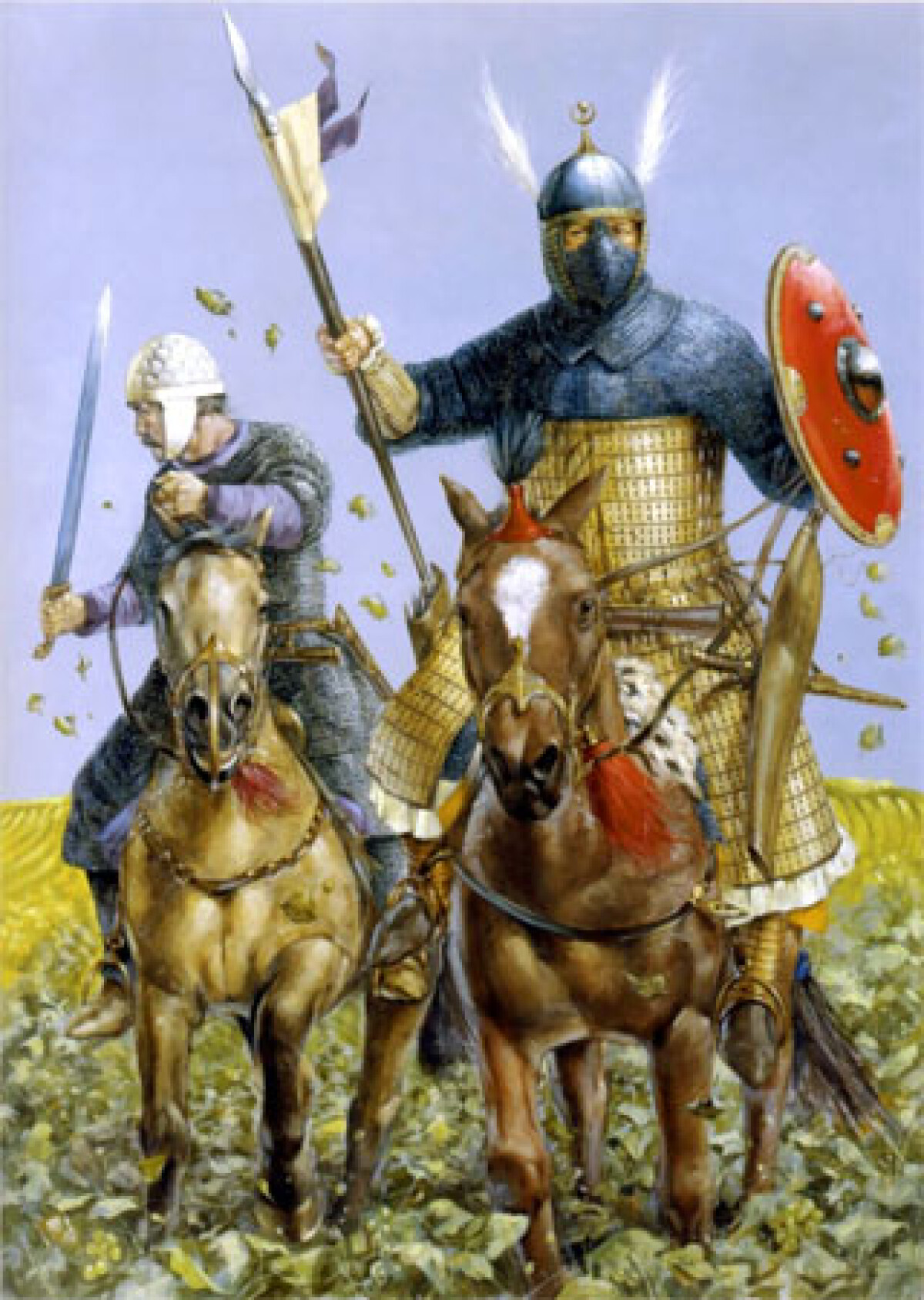
08 January 2015
Kipchaks thanks to accurate military organization under the power of ruling tribes toksob and burdzhogla could expand the territory up to boundaries of Byzantium. Eastern sources specified division of the Kipchaks khanate into two parts: east and western, the boundaries of which passed through the River Itil (Volga).
In the second half of the 11th century the main enemies of Kipchak were tribes of Oguz, the Central Asian dynasties of Seldzhukid, Horezmshakh and Karakhanid, and later — the states of Kievan Rus' and Hungary. Victorious procession of "Desht-i Kipchak" received such a wide popularity that there were legends about them. Kipchaks was beaten off easily by attacks and struck retaliations.
Having convinced of indestructibility of Kipchak of troops, leaders of the largest states of that time as the single possibility of maintenance of independence of the boundaries went for diplomatic convergence with Kipchak khans. The fact of intensity of these communications is confirmed by the numerous marriage unions of representatives of ruling houses of the settled states with Kipchak political elite. And often Old Russian princes became related with Kipchak khans.
Glory about Kipchak soldiers, who could expand the territory from Irtysh to Danube, as unsurpassed soldiers, extended from Asia to Europe. In the 11th-12th centuries Kipchak, who in Russia were called polovtsy, and in Europe the Cumans, were the largest among all Turkic people of Central Asia and Eastern Europe.
Governors of different states aimed to attract them on service, employing or buying in the slave markets. Many of them reached high status in the palaces and even became the Supreme governors (for example, founders of a dynasty Great Atabeks and Ildigizids of Azerbaijan and an imperial dynasty of Asenids in Bulgaria, also a dynasty of Horezmshakh-Anushteginid in Khwarezm were Kipchak).
Kipchaks made a huge contribution into the development of such countries as Khwarezm, Bulgaria, Egypt, China, India, Georgia and Byzantium. Theyw were a part of the Turkish, Hungarian, Georgian, Bulgarian, Russian, Ukrainian, Mongolian, Chinese, Indian and Arab people.
Governors of several states repeatedly asked help from Kipchak khans for protection against overseas invasions in the most critical situations. In 1091 the Byzantine emperor in fight in Leburna, in alliance wtih Kipchak, could crush pechenegs. Similarly Kipchak soldiers helped to remove threat of defeat of the Byzantine Empire from the East where as enemies Turks-seldzhuki had appeared.
In 1099 Kipchak khan Bonyak, having interceded for Russia, inflicted defeat over the Hungarian army in battle on Vagr. In 1121 Kipchak khan Artyk, won a victory on the side of the Georgian army in fight against Seldzhuk in Didgori. In 1205, Kipchak cavalry was on the side of Bulgarians in battle against crusaders near Adrianapol.
Attributes of Kipchak soldier became a peculiar symbol of the victory, in the military environment of many states the "Kipchak style" was everywhere in clothes, weapon and hair dress. Afterwards this tendency caused alarm in the Pope who forbade Turkic style at court of the Hungarian king.
